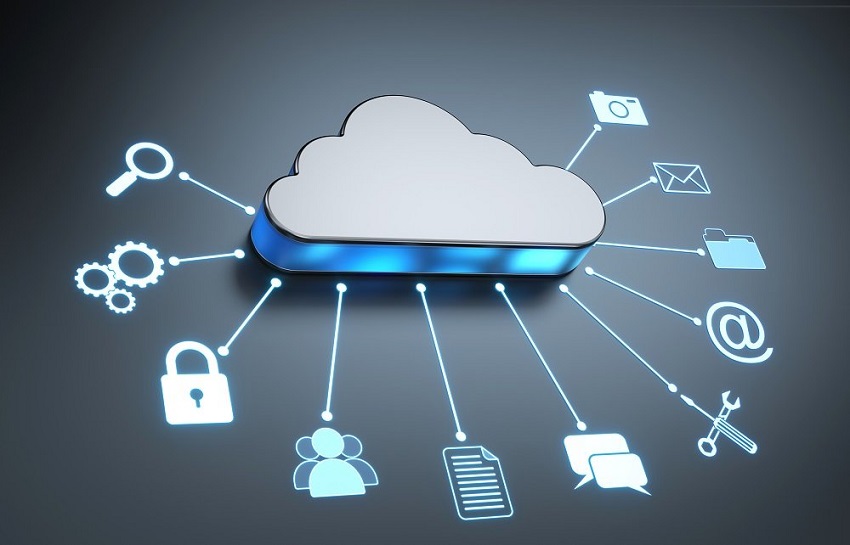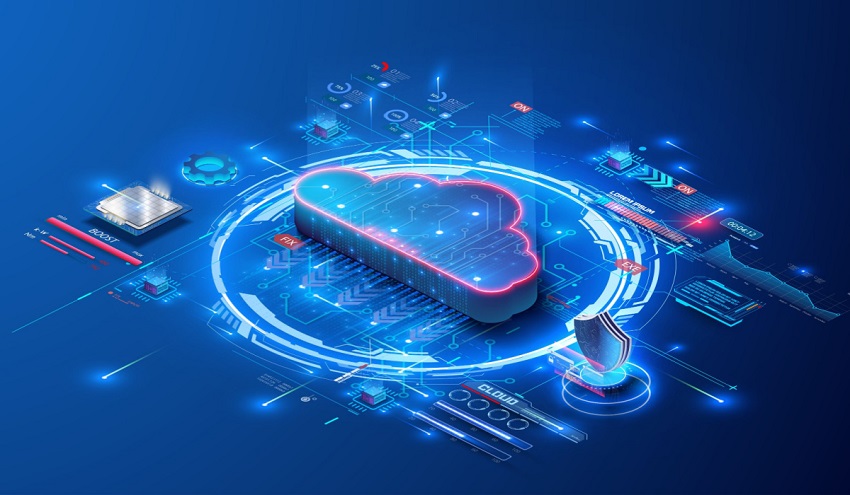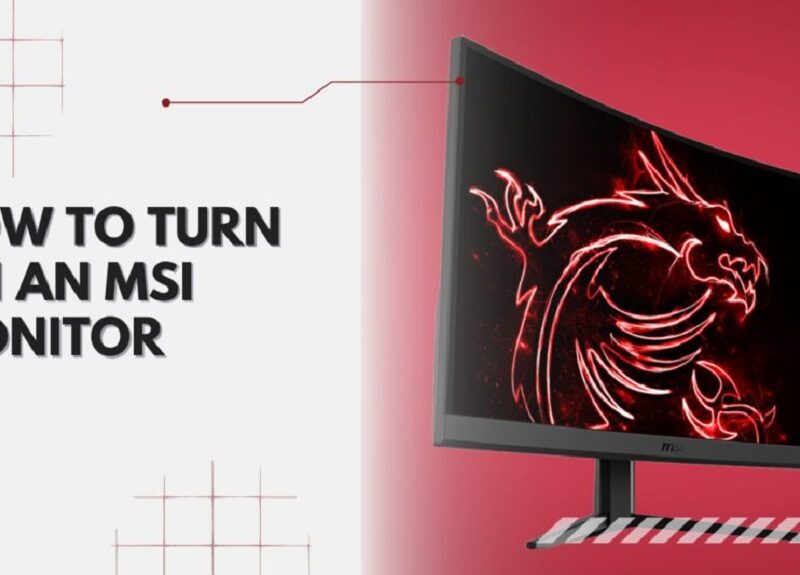In today’s digital landscape, where technology is evolving at an unprecedented pace, the convergence of Cloud Computing and the Internet of Things (IoT) stands as a groundbreaking development that is reshaping industries and revolutionizing the way we interact with the world around us. Imagine a realm where everyday objects seamlessly communicate and collaborate through the cloud, enabling a level of automation, efficiency, and convenience previously deemed unimaginable. Welcome to the era of Cloud Computing in IoT—a realm of innovation that holds the potential to reshape businesses, improve our lives, and propel society into a smarter, more connected future.
Understanding the Foundation: What is Cloud Computing in IoT?
Defining Cloud Computing and IoT
Before diving deeper, let’s establish the building blocks of our discussion. Cloud Computing involves the delivery of various computing services—such as storage, processing power, and databases—over the internet. It’s like having a virtual powerhouse at your fingertips. On the other hand, the Internet of Things refers to the interconnection of everyday objects to the internet, enabling them to collect and exchange data. When these two forces combine, we witness the birth of Cloud Computing in IoT—a network where IoT devices harness the power of cloud resources to perform tasks more efficiently and intelligently. Explore also how does 5g technology enhance the internet of things.
Unveiling the Benefits: How Does Cloud Computing Enhance IoT?
1. Scalability and Flexibility
IoT devices often require variable levels of resources based on usage patterns. Cloud Computing’s scalability ensures that resources can be adjusted on-the-fly, accommodating the ebb and flow of demand. This elasticity empowers IoT networks to remain responsive and efficient even during peak loads.
2. Data Management and Analysis
IoT generates a massive influx of data. Cloud-based solutions offer the storage and computational capabilities needed to manage and analyze this data effectively. The cloud becomes a repository for valuable insights, facilitating better decision-making and informed strategies.
3. Cost Efficiency
Traditional IoT setups might involve substantial upfront investments in hardware and infrastructure. Cloud Computing eliminates these costs by providing a pay-as-you-go model. Organizations can allocate resources efficiently, reducing unnecessary expenses.
4. Rapid Deployment
Integrating IoT devices with cloud services accelerates deployment. With ready-to-use platforms and tools, developers can focus on innovation rather than reinventing the wheel. This synergy fosters faster time-to-market for new products and services.
Navigating the Challenges: Addressing Concerns in Cloud-Connected IoT
1. Security and Privacy
The interconnected nature of Cloud Computing in IoT raises valid concerns about data security and privacy. As devices transmit sensitive information to the cloud, robust encryption, authentication, and access control mechanisms become paramount to safeguarding user data.
2. Latency and Reliability
In scenarios where real-time responses are crucial, the latency introduced by cloud interactions can pose challenges. IoT applications requiring split-second decisions may need to strike a balance between cloud processing and local device intelligence.
3. Network Dependence
Reliable internet connectivity is essential for Cloud Computing in IoT to function seamlessly. Network outages or disruptions could temporarily incapacitate devices, highlighting the need for redundancy and failover mechanisms.
Shaping Industries: Real-World Applications of Cloud Computing in IoT
1. Healthcare
Health monitoring devices can collect patient data and transmit it to the cloud for analysis. This enables healthcare professionals to provide timely interventions and personalized treatments based on real-time insights.
2. Smart Cities
IoT-enabled sensors in urban environments gather data on traffic patterns, energy consumption, and waste management. Cloud Computing processes this data to optimize city infrastructure, enhancing sustainability and quality of life.
3. Agriculture
Cloud-connected sensors monitor soil conditions, weather patterns, and crop health. The cloud’s computational power helps farmers make informed decisions, leading to better yields and resource management.
Embracing the Future: The Path Forward for Cloud Computing in IoT
As Cloud Computing and IoT continue to evolve, the potential for innovation becomes limitless. Edge computing—a paradigm where data processing occurs closer to the source—is emerging to address latency concerns. Moreover, advancements in 5G technology promise to enhance network capabilities, further strengthening the Cloud Computing-IoT partnership.
Conclusion
In a world where data is the new currency, Cloud Computing in IoT emerges as a transformative force with the ability to reshape industries, enhance efficiency, and improve our overall quality of life. As we journey into this interconnected era, the fusion of Cloud Computing and IoT promises to unlock possibilities we’ve only begun to explore. The power of the cloud, coupled with the intelligence of IoT devices, is paving the way for a smarter, more connected future.
FAQs
Q1: Can you provide an example of an everyday application of Cloud Computing in IoT?
A1: Certainly! Imagine a smart thermostat that learns your temperature preferences and adjusts itself using data stored in the cloud, ensuring personalized comfort.
Q2: How does edge computing complement Cloud Computing in IoT?
A2: Edge computing involves processing data closer to the source—on the device or nearby server. It addresses latency concerns and reduces the need for constant cloud interaction.
Q3: What role does data security play in Cloud Computing for IoT?
A3: Data security is crucial. Strong encryption, authentication mechanisms, and access controls protect sensitive information as it moves between IoT devices and the cloud.
Q4: Is Cloud Computing in IoT only relevant to large corporations?
A4: No, Cloud Computing in IoT benefits businesses of all sizes. The scalable, cost-effective nature of the cloud levels the playing field, allowing smaller enterprises to harness its power.
Q5: How might Cloud Computing in IoT impact the job market?
A5: The convergence of these technologies will likely create a demand for professionals skilled in both Cloud Computing and IoT, spurring job opportunities and specialization.



